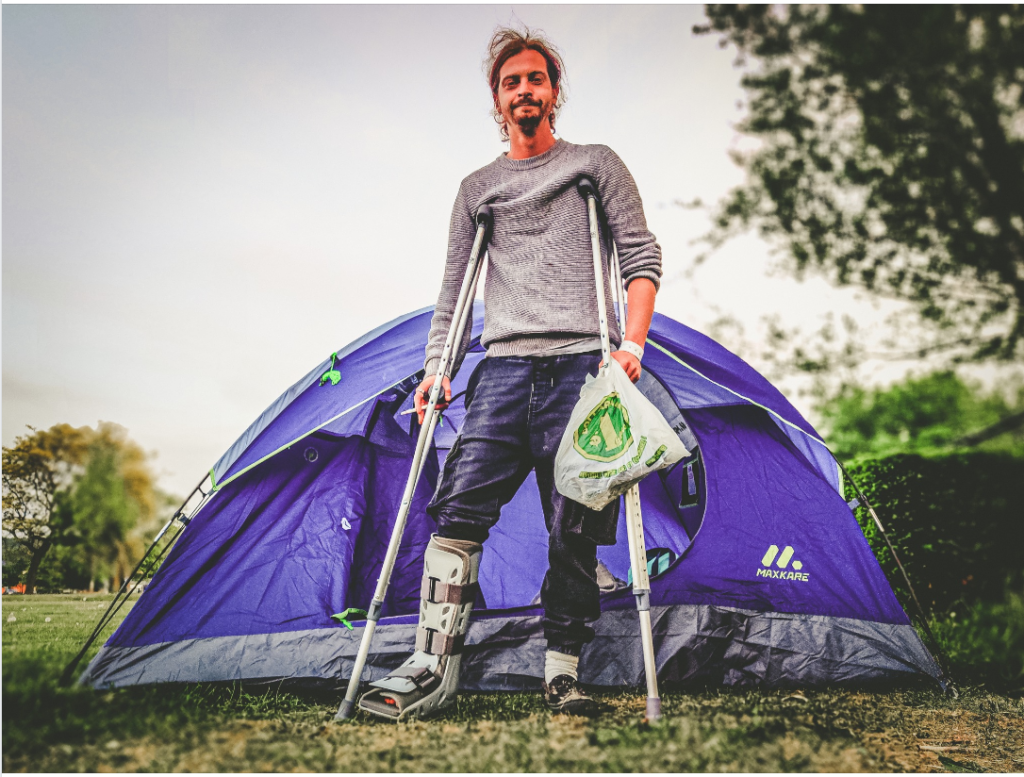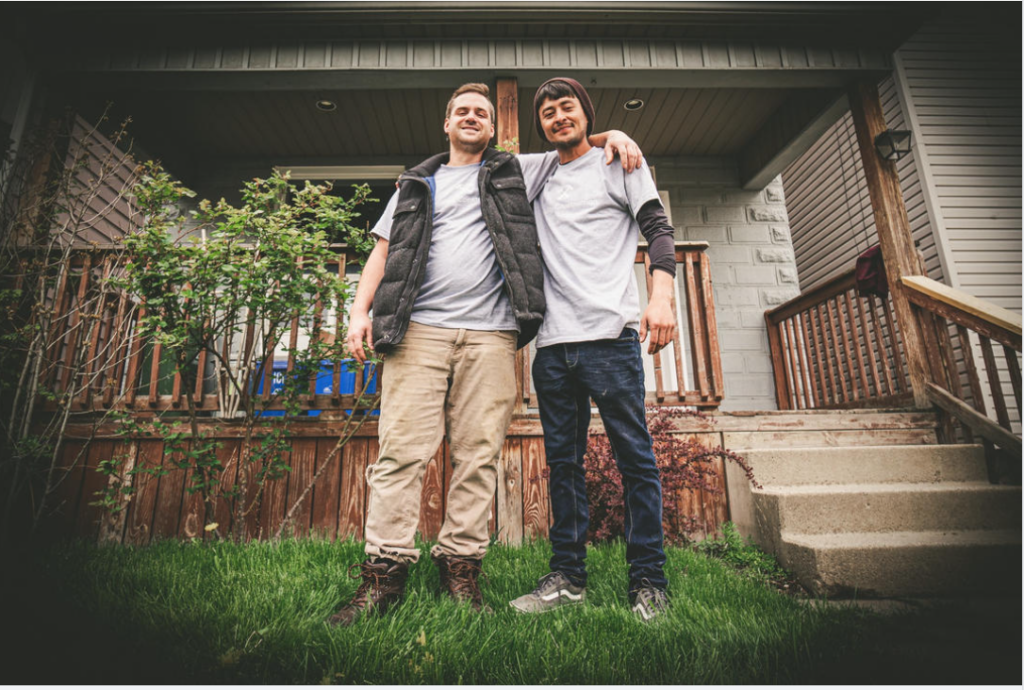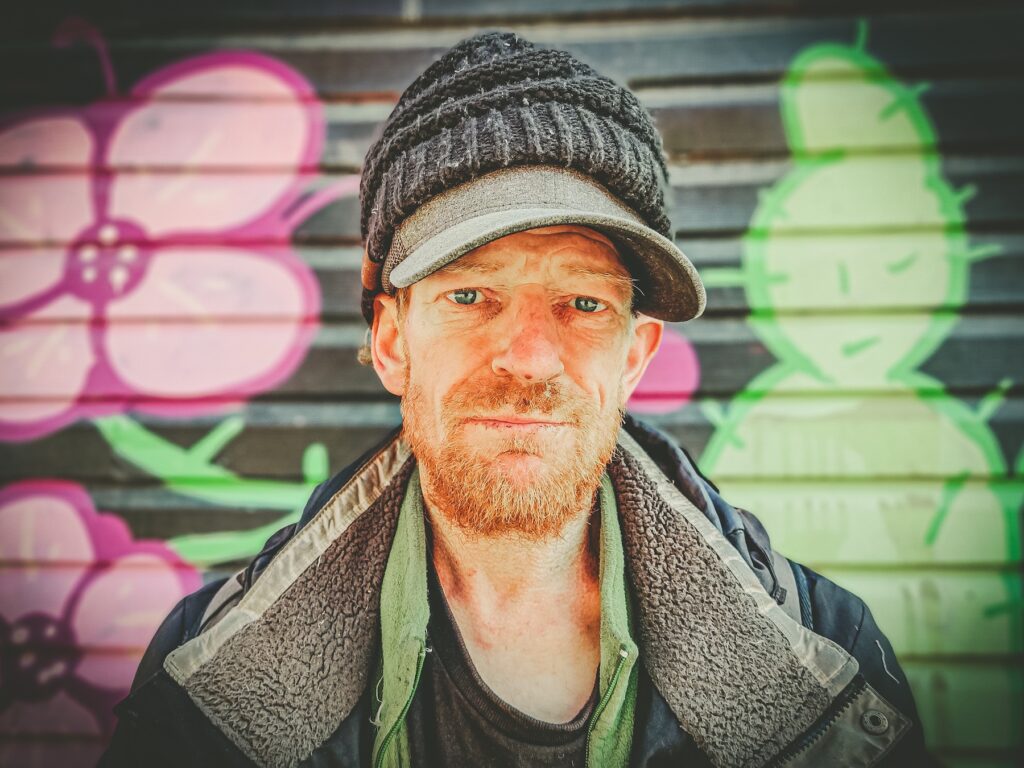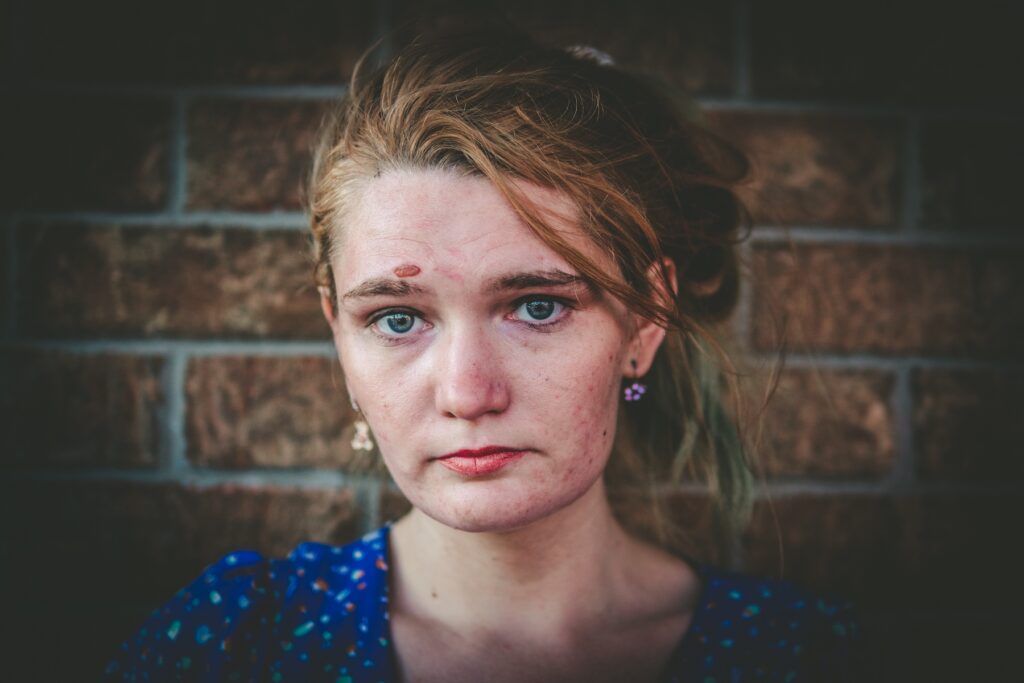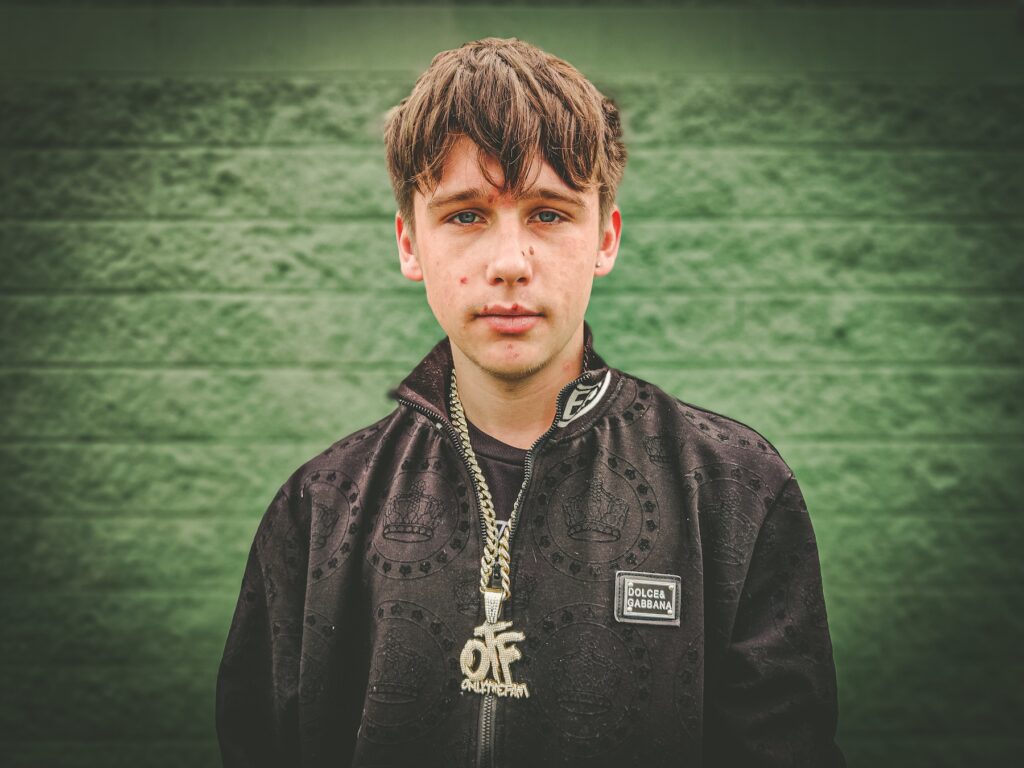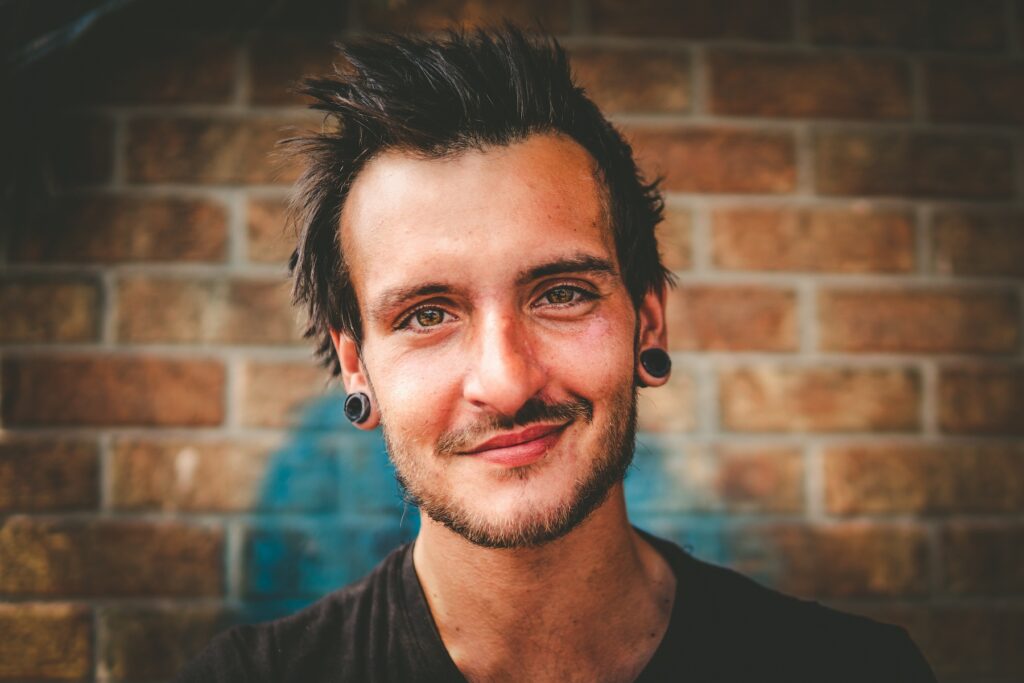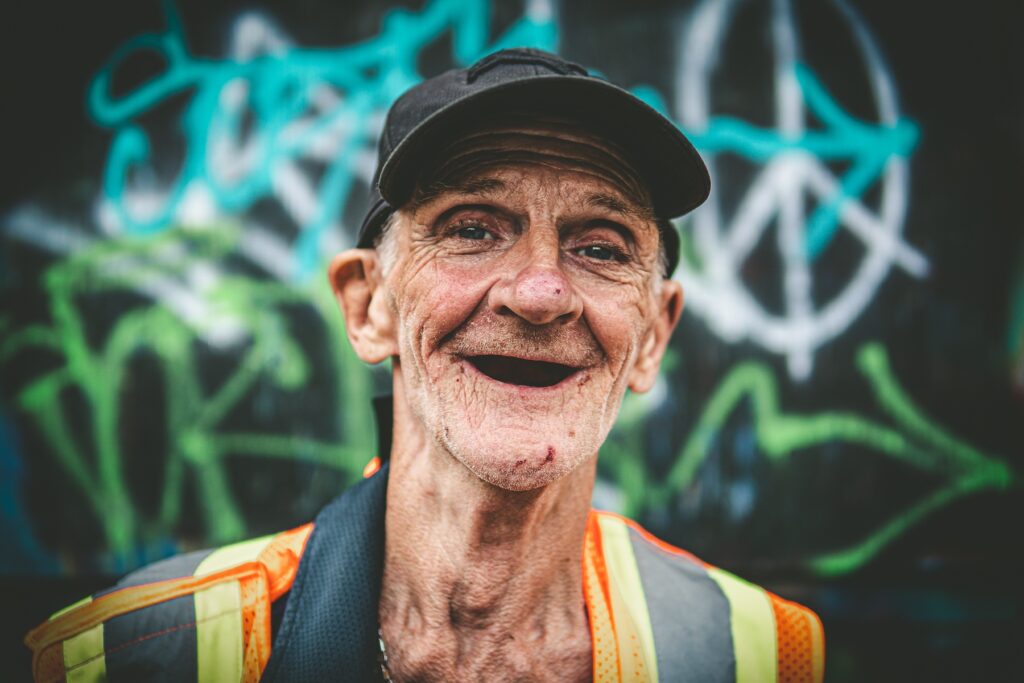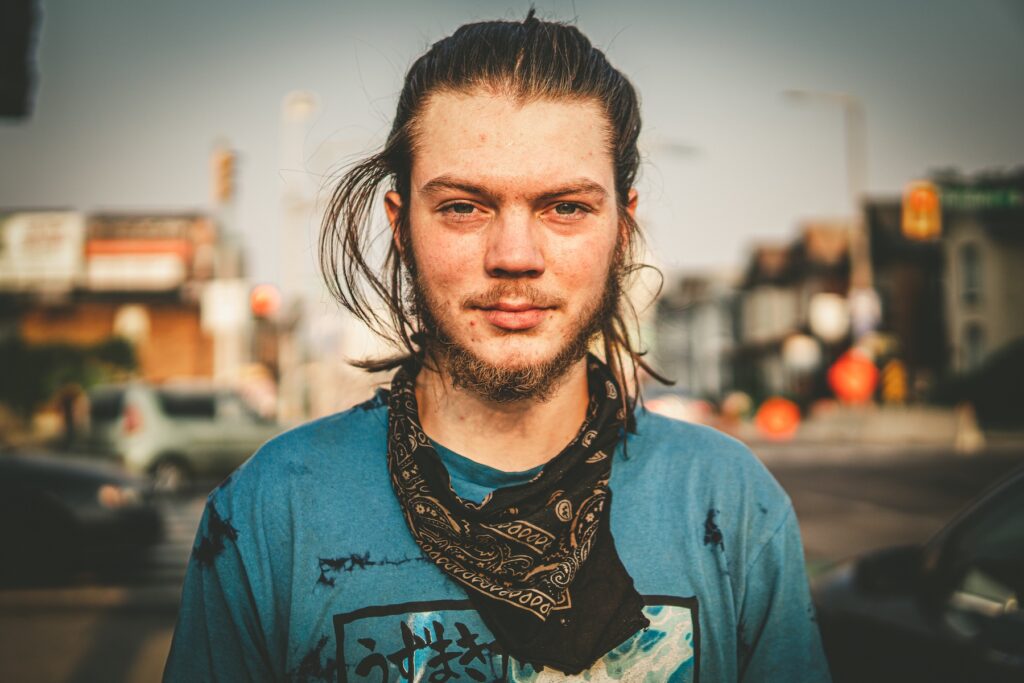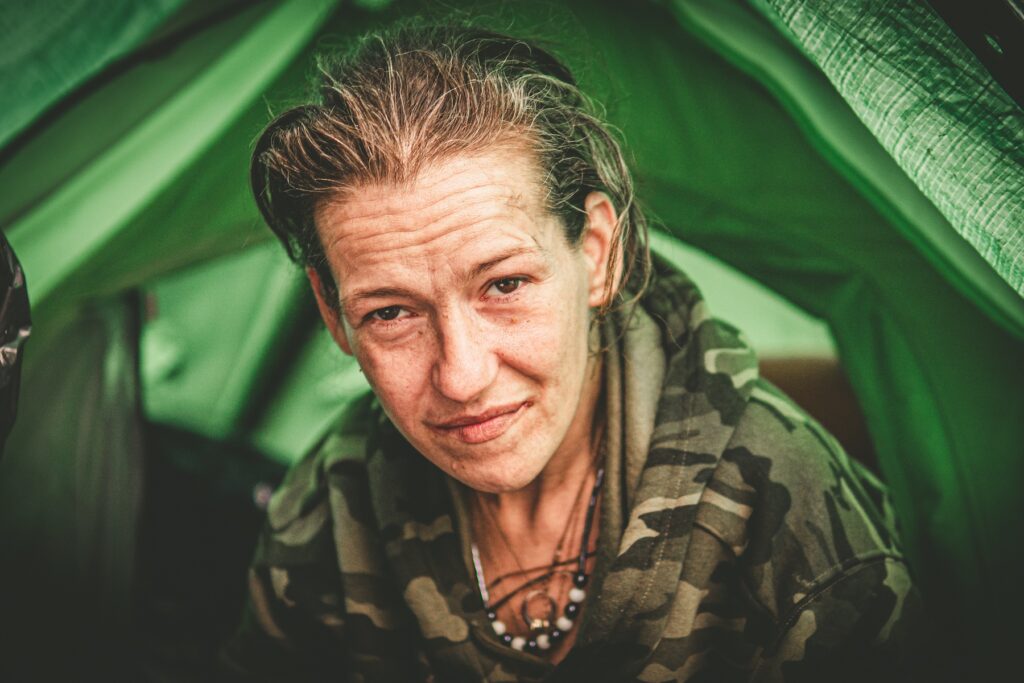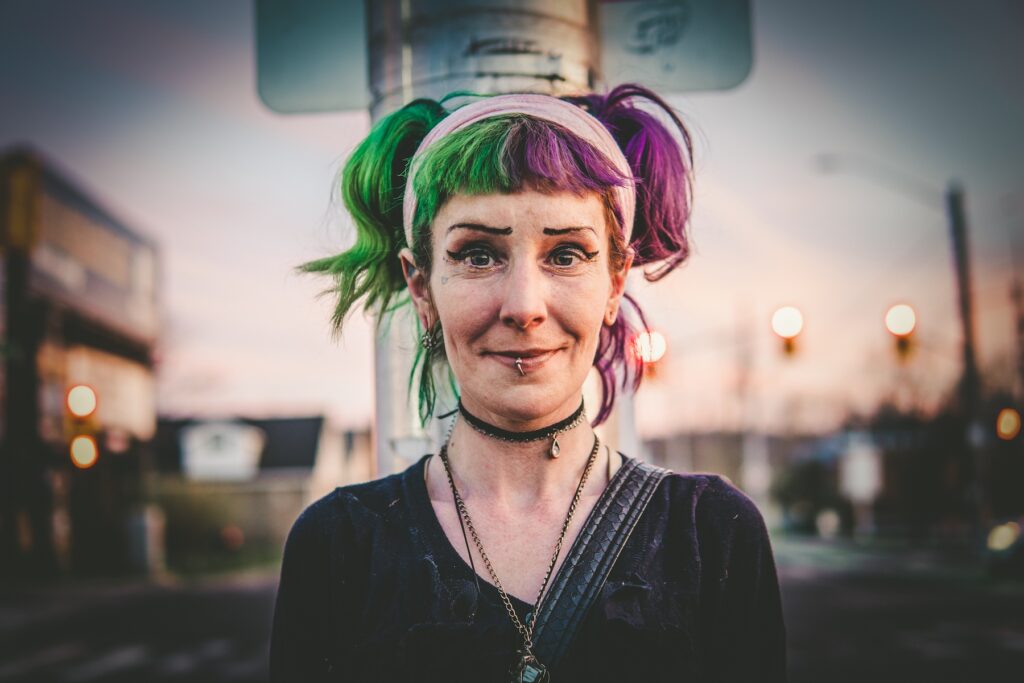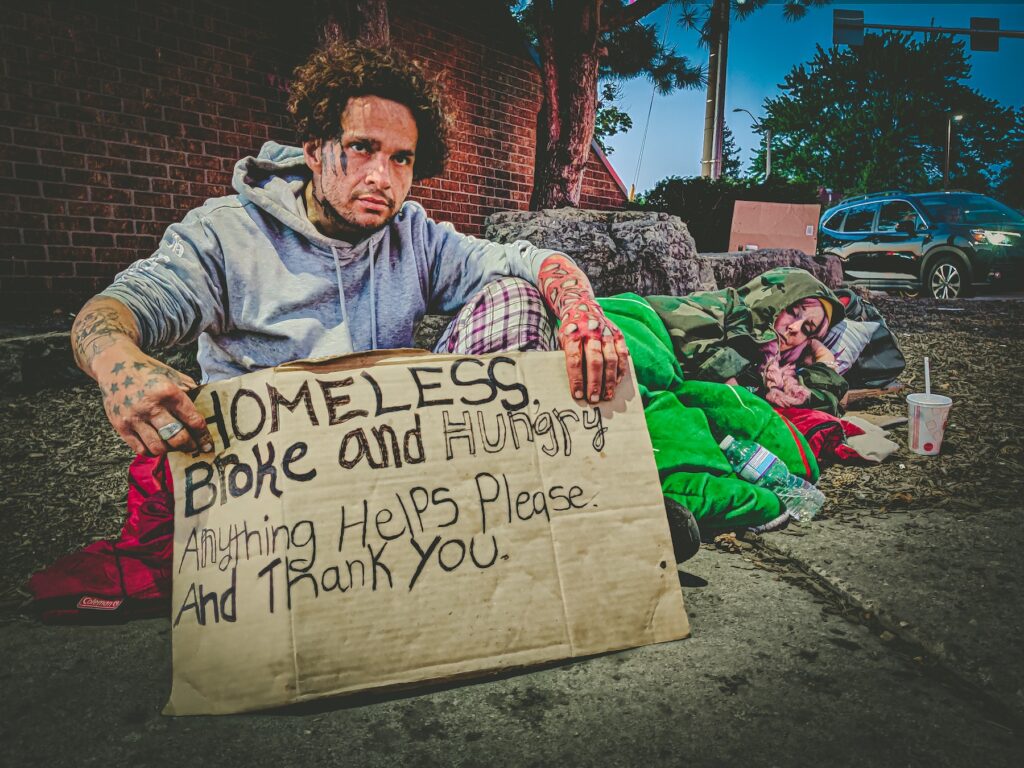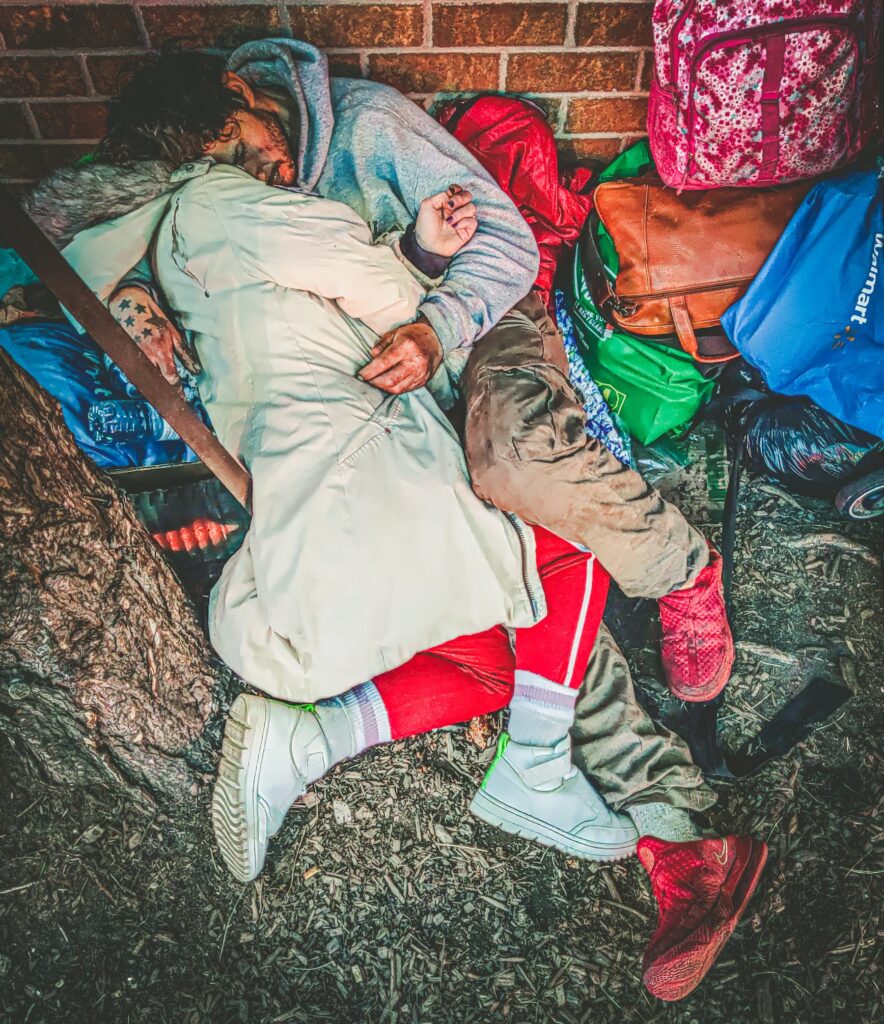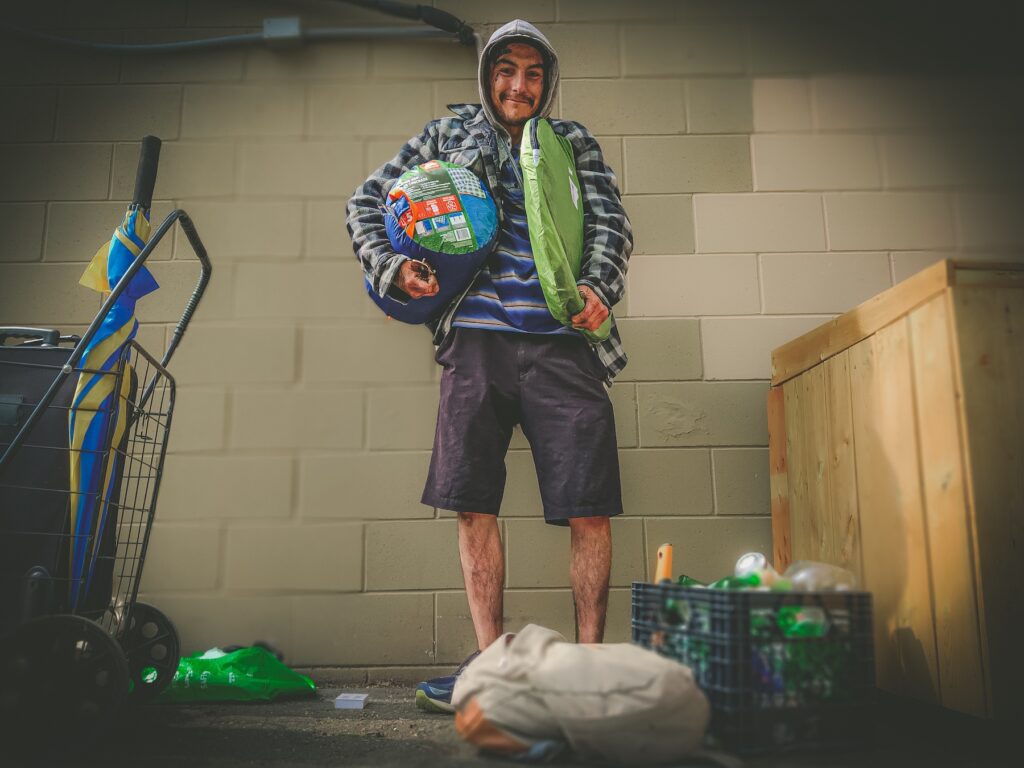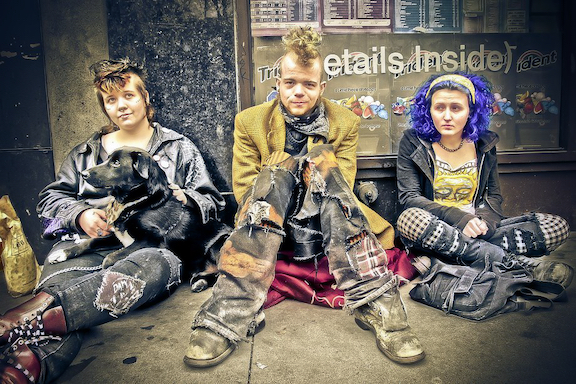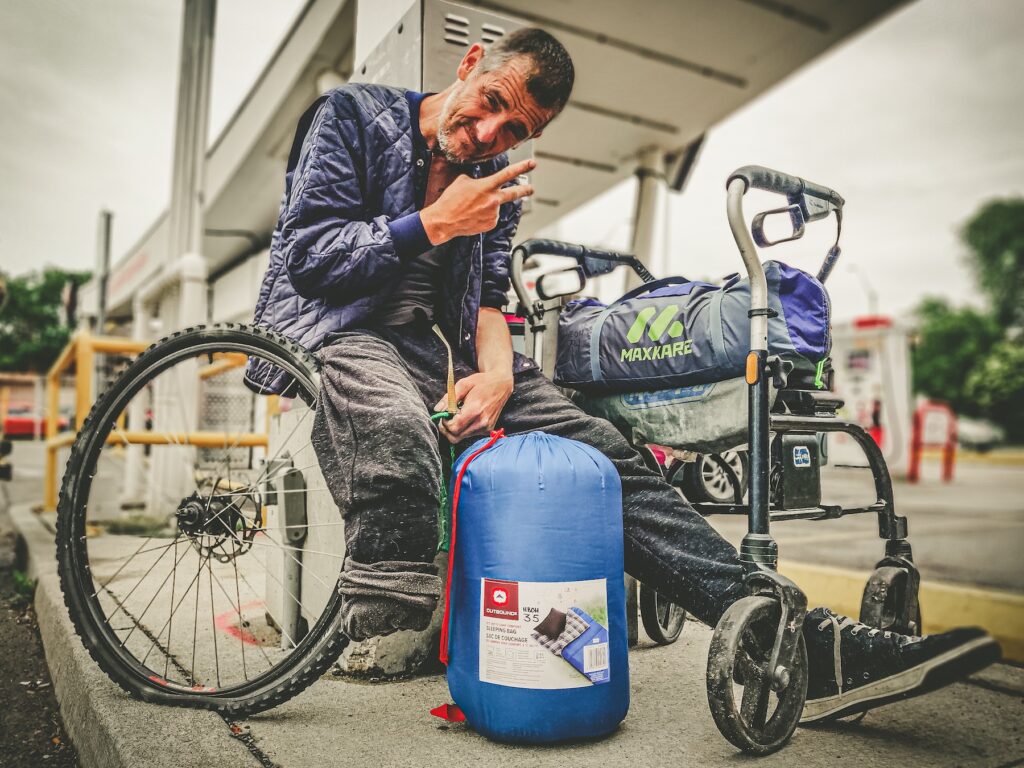Focusing on humanity
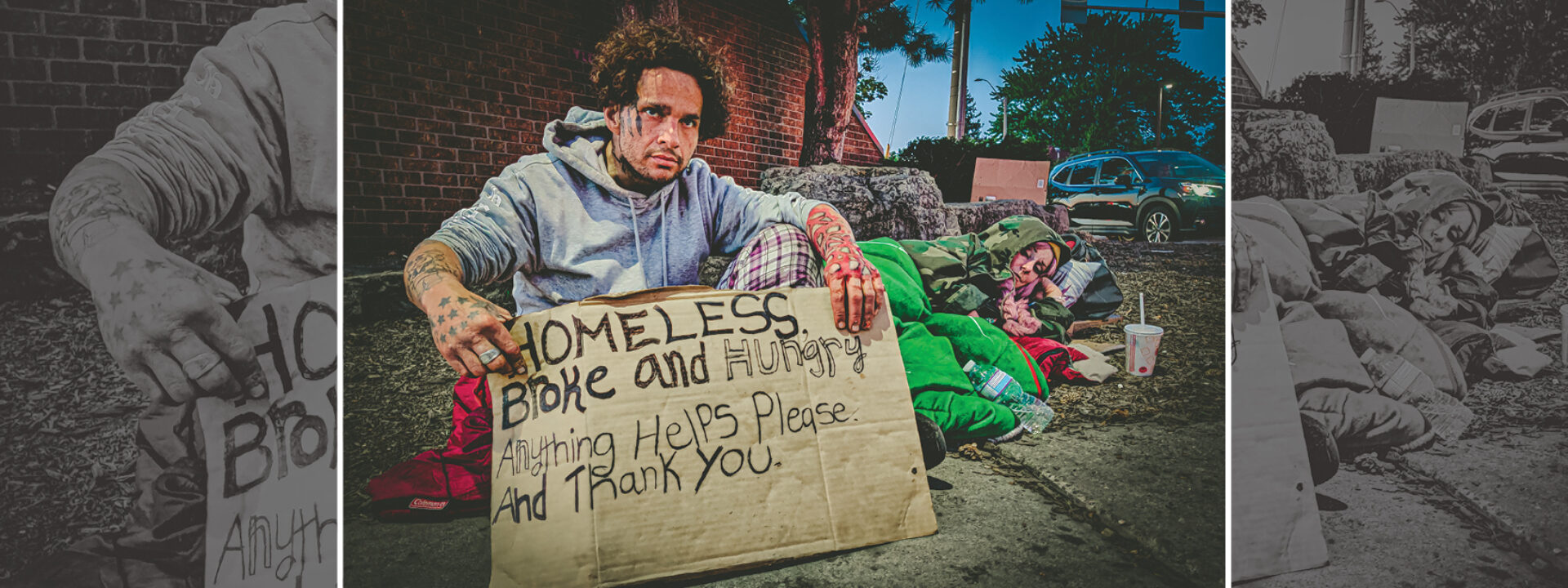
Human Beings of Hamilton shines a powerful spotlight on those living on the streets of the city. The man behind the Facebook page has walked that road himself.
Human Beings of Hamilton started as a Facebook page, sharing photography taken over the past decade that showcases the reality for those living on the streets of Hamilton. It swiftly became a movement fuelled by generosity and community.
In March, a man posted his stunning photography, under the penname Jack Soule, on a page he called Human Beings of Hamilton. It artfully and accurately displays life for the homeless. But what he is doing – his mission if you will – captured the hearts of the many people affected by addiction and mental illness in their families – and even those who aren’t.
His mission is simply one of humanity and connection.
What he was doing quickly spread among the streets of Hamilton. You could walk into a Starbucks and hear staff talking about the efforts of the people running Human Beings of Hamilton. But it’s only one man; a man who keeps himself anonymous to keep attention from himself for his own reasons.
“There are so many reasons,” he says in an interview, “I’ve seen people harassed in other cities for similar efforts … I also feel that by being free from self-display, people can trust me, and (know) that this project isn’t just some virtue signal. As an artist, it’s my job to learn the rules like a pro, so I can break them like an artist.”
His critics say he doesn’t get permission for his pictures. But he does in most cases, providing money to his subjects and explaining his project and how the photos will be used.
“There are, however, some of which I can’t obtain permission for, that I feel are important to take. For instance, if a person is nodding out in a highly public place, like a busy intersection, or out front of a public establishment such as Tim Hortons. In these cases, I feel the historical value outweighs the moral question of consent. It’s good to remember that, as a Canadian, we have freedom of expression. This includes the right to take and publish photographs in a public space, as well as private spaces that are open to the public,” he says.
“Some say I am just virtue signalling. I feel these people don’t understand the point of the project, which is to put a face, name, and voice to our homeless population. It’s to make people realize how easily this could happen to them.”
Soule pays each person he has photographed. He takes them for meals, he treats them as friends, often sitting beside them as they tell their stories of how they got to the point of living on the streets.
He often contemplates how the work he’s doing today will impact the future.
“I think the true artist doesn’t really care so much about how they are perceived today. We do it because we want to leave something behind that says I was here. Already, it’s a nice feeling knowing that if I died tomorrow, I would leave some legacy in the hearts and minds of some people at least. One that will hopefully inspire them to carry on this work in some way.”
Soule has an unassuming presence, wearing casual cargo shorts with a plain grey T-shirt. In his 40s, he blends in and seamlessly slips into any group of homeless people or conversations on the street where he can help. He has a calm demeanour that likely comes from reading and reflecting on himself for decades now. He doesn’t own a television and hasn’t for 20 years. He gains information through life.
Also, Jack was once an addict, so he knows many of those currently eking out an existence on the city’s streets – many others have passed on due to their illnesses and addictions. Now, more than a decade later, he is sober, working and living in Hamilton. Still, he says, he has an understanding that many don’t, not even those working in the organizations who seek to help this population.
He can relate as he was once them. He doesn’t judge and only works to help them. With his guidance, some have also sobered up and moved from the streets to homes and jobs. It’s a huge, neverending job because Hamilton draws many people from other cities looking for help. The need has quickly and exponentially outgrown the resources.
Much of the crisis is driven by the opioid epidemic that is sweeping through North America and affecting anyone of any age (but especially young men in skilled trades as they seek treatment for physical ailments from the job). In Canada, currently, 22 Canadians die a day from opioid poisoning.
“I was seeing the opiate crisis brewing 10 years ago, and the very young street kids shooting up in downtown Hamilton,” says Soule. “It shook me to my core, and that’s when I started doing something about it, besides just taking pictures. My efforts were aimed at inspiring their creativity, such as studio time for young musicians, buying instruments and taking them out on birthdays for dinner and clothing. My subjects tell me all the time that more than the money, items and food I give, it’s my time and just listening and sharing experiences that they value most.”
The Human Beings of Hamilton Facebook page has skyrocketed in popularity. Within the first month, he had thousands of followers, many of them with loved ones on the street who were looking for them in his photography, just to confirm they were still alive, or wanting to connect with them. So, he often relays messages. People write in to say how much it meant to be able to see their loved ones in his work.
“Most families out there are so grateful for even the pictures, let alone the items we provide,” he says. “The work we do here screams ‘I’m still alive’ to friends and family who’ve lost touch with their loved ones. That’s why I keep plodding along this path. All the while, being cheered on by my friends on the street, who’ve never showed me anything but love and respect.”
Beyond his photography, it’s also his words, the individual stories of the people he includes with his photos. They gives insight to how people ended up living on the streets. They show how a little help goes a long way, but more so, they highlight compassion, for as we read these stories, it’s a lot more understandable as to how the situation came to be. But, at the same time, it’s a little less understandable as to how it can continue.
Alison French’s best friend told her about Human Beings of Hamilton in the hopes it could lead to finding out about French’s son, who stuggles with addiction and lives in Hamilton.
“I began following the page the day Ryan, my 28-year-old son, was profiled. I wept reading it. Both happy and sad tears. Sad, well, because he suffers from addiction and is homeless, but so hopeful to hear that the man I raised is still in there somewhere and his true personality came out during his interview. This page has meant the world to me,” says French, who lives a few hours away from Hamilton.
“The message I wanted to get to Ryan was relayed and I received the most amazing gift of another picture of Ryan. Given his circumstances, I am unable to communicate with him, which is by far the hardest part of being the parent of an addict. HBOH shows these lost souls in a very honest and unique light and reminds us all that, regardless of their circumstances and why they are homeless, they are human and deserve to be treated as such.”
It wasn’t long after he set up HBOH that Soule had readers requesting to help, sending tents and sleeping bags to him to deliver to his friends on the streets. It came about when he posted that a tent donated by a family to someone on the street was stolen, so he asked the community if he could get another one.
There were so many offers, he organized a space in Hamilton, the Hub, where people could drop off donations. Then, to make it even easier for donors, he started accepting purchases of tents and sleeping bags through his local Canadian Tire. He anonymously picks them up to deliver directly. Everyone who received a tent was so appreciative for some shelter from the spring rains and summer storms, he soon jokingly called himself Tentman.
He did become a superhero to many.
As of this posting, he has delivered 175 (and still going) tents, plus sleeping bags, tarps, even solar panels. Soon he had community organizations reaching out to him, along with bigger donors.
A local man, who was in the liquidation industry, was so inspired by the page that he connected with a business partner out west who ended up donating 48 tents, shipped (delivery fee covered) from British Columbia.
Matt has been living on the street for almost three years and has also battled addiction. With the help of HBOH (who worked behind the scenes to help him during this time) and his mother who connected through the page, he started a detox program towards a sober life.
“I remember the first time I met Jack, it was late in the evening and myself and six or seven others were congregating on the corner of Dundurn and Main,” says Matt. “Jack walked up and asked each of us how we were doing, then proceeded to buy everyone there something from Tim Hortons. He took extra care to ensure that everyone got exactly what they wanted. When you're on the street that's huge, as you're typically treated as cattle. Jack made sure we were treated as individuals. There was so much stuff he needed a second person to go with him just to carry it all back.
“He continued to treat me as human being, helping me and my spouse with a tent and sleeping bags, and then advocating on my behalf to get me a bed at a men's detox in Hamilton where I started my road to recovery. He still regularly checks in to encourage me, and congratulates me on my accomplishments, which has helped me to get to this point of being a month sober and starting treatment in a week. He is a great advocate for those of us struggling with homelessness, mental issues, and addiction. Thank you, Jack, for all of your help. You have been the hand that lifted me up from the ground when I thought I was all alone.”
(As an update, Matt has completed detox and has since moved into treatment.)
“I heard about Jack from friends on the street,” says Lilly, who has lived on the street for four years due to family issues. “When I finally met him, it was the first heatwave of the year, and he bought me food and gave me a tent and sleeping bag, which I desperately needed and was thankful for. Human Beings of Hamilton is exactly what we needed to humanize those living on the margins of society. The homeless community has Jack's back and is thankful for all he does.”
His profiles of those living on the streets touched many – even leading to job offers for some of those profiled.
Readers write in to express how the page is affecting their daily lives:
“I just wanted to share that I’ve been following you (Human Beings of Hamilton) for a week or two,” wrote one reader. “Since starting, I have had a shift in how I see others around me. Today I found a lady sleeping on my workplace’s front lawn. I immediately connected with some colleagues and went out to offer her a submarine sandwich, a blanket and then see if we could help. She said she was trying to get to Toronto and that she didn’t have anyone to call and didn’t want to go to a shelter. I asked if she needed a tent (and) right away she said, ‘Yes, that would be great!’ So I left to Walmart and grabbed one … I would never have dealt with this situation like that in the past. Thank you for your work. It really is making a difference in reminding us of each other’s humanity.”
His page continues to make connections between families and loved ones lost for years to the streets. In July, George, a man in his 70s who lives in Cornwall, saw his son Shawn in one of the pictures and reached out to HBOH. Soon, the two were connected and Shawn made the trip to Cornwall to visit his dying father – a connection George has wanted for decades.
Within three months, the page amassed 5,000 followers and it continues to grow each day. As of August, HBOH has almost 8,000 followers, more than St. Patrick’s Church, which has probably done the most outreach to people who are homeless in recent years, says Soule.
As he tells his readers: “This is so much more than a Facebook page, it’s a movement. And you’re just as big a part of this as me. I would not be here today without you reacting, commenting, sharing and sending your love and well wishes. You’ve lifted me back up (when) the critics get the best of me time and time again. And you’ve donated so many items so far, I’ve seen how they light up the eyes and lives of our friends on the street.”
Ultimately, Soule hopes this page will motivate others to help those around them.
“The point of this is to inspire others to have compassion, to help your corner of the universe while I work to inspire my corner,” says Soule, holding a rolled-up sleeping bag.
Our conversation ends and I watch him walk across a big intersection in downtown Hamilton, right into a group of homeless young adults, introducing himself (likely unnecessarily) and holding up the sleeping bag in offering.
Those in his corner are grateful.
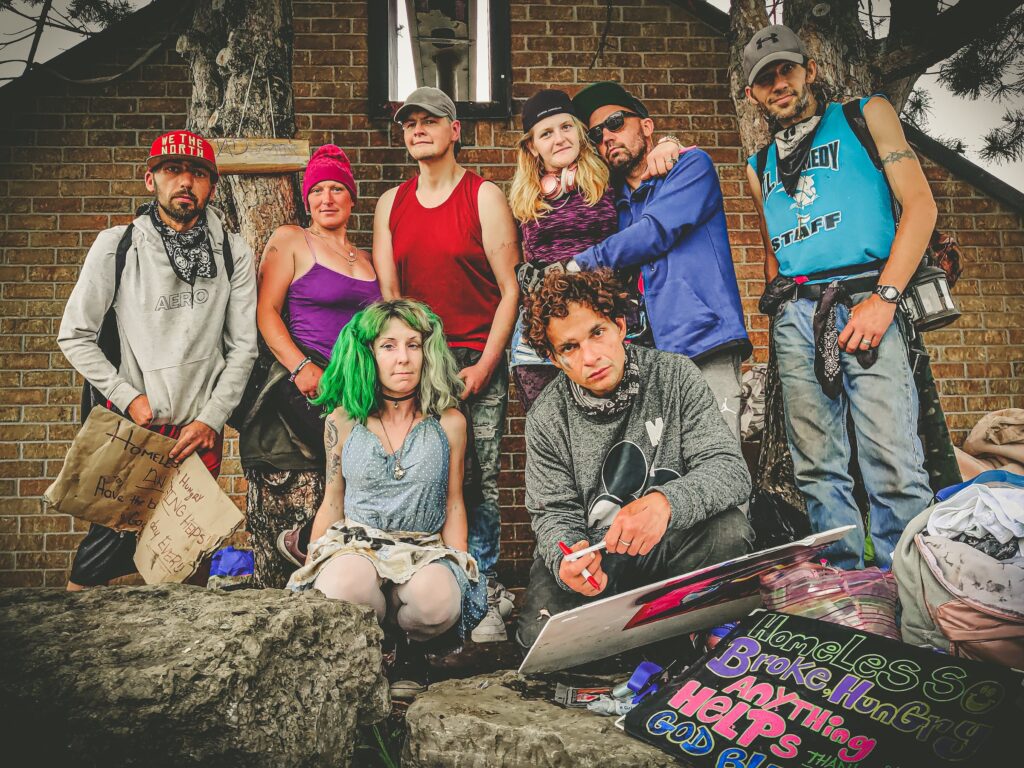
Kathryn Dunmore: My story
I was one of the family members looking for a loved one’s face among the photos posted on Human Beings of Hamilton. I was first drawn into the art then saw others commenting that they recognized their loved ones in his photos, so I started searching the Facebook page for my little sister. But my sister wasn’t there; she isn’t here either as she died from opioid poisoning in 2020. Every day, there are apparently 22 families in Canada who are delivered the news that a loved one has died, often on the streets. It was a foundational loss for us, especially my sister’s six-year-old son.
Hers is a common tale. She had back surgery in late 2017 and was prescribed opioids for the pain. By April 2020, she was gone. We watched her die. The addiction took her dignity, her willpower and her strength. There were times she valiantly fought back, seeking treatment and counselling, but while waiting, addiction would drag her back down time and again until she succumbed to it.
She never sought to feel high, she once told me, but to escape the pain and overwhelmingly negative feelings. She died while on a waitlist for a rehab placement – there are too many people in need of them and not enough spaces to help everyone.
Those on the street are someone’s son, daughter, brother, sister, nephew, niece, grandchild, mother, father – and each one of them do not want to be there.
My sister fought so hard but her life was cut short. There is no more hope for my family. My hope now is for families affected by addiction – and clearly there are so many of us – to heal or at least start the healing process
The root problems that make opioids an epidemic must be addressed by all of us, especially those in charge. I hope that won’t come too late for your family.
Meet some Human Beings of Hamilton
